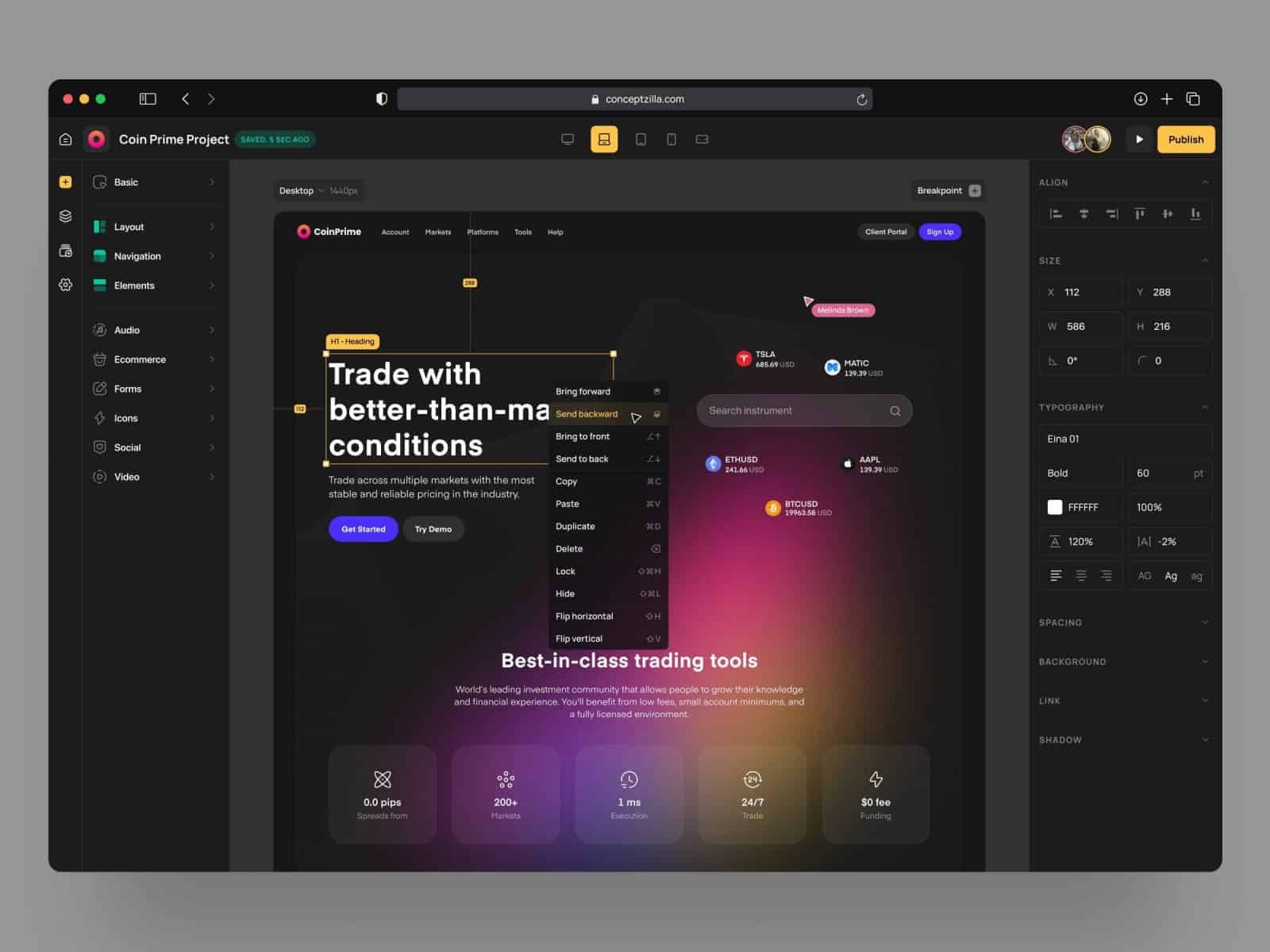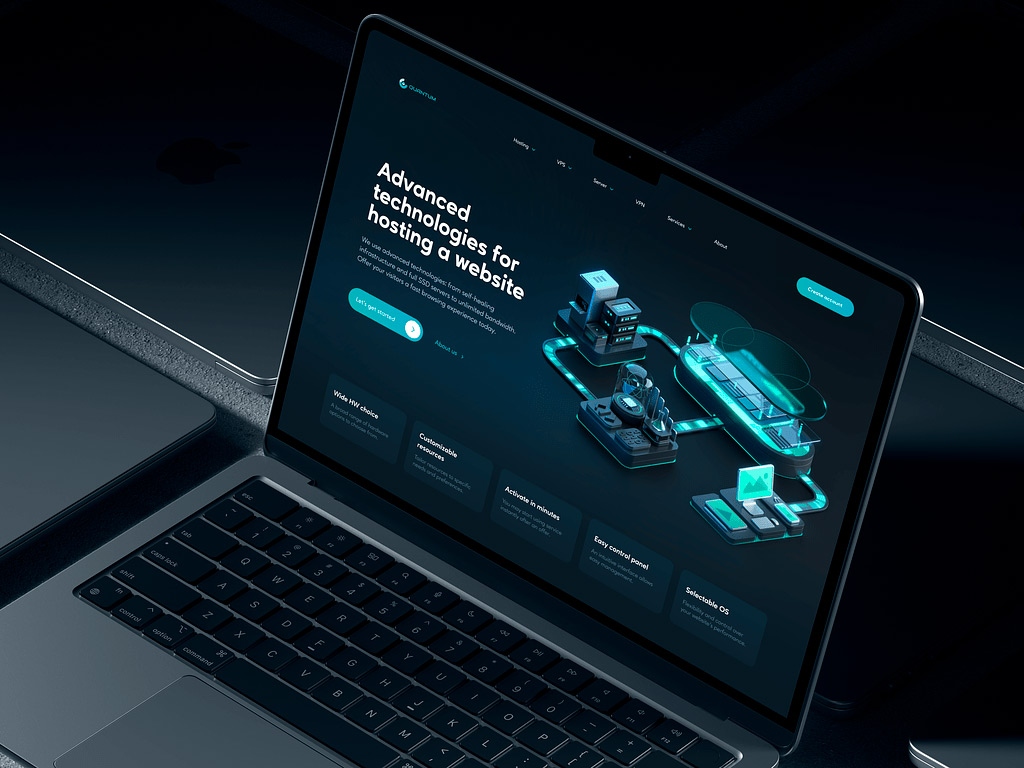The low-code approach has taken the development sphere by storm. And it’s not surprising: with its help, people who don’t have much programming experience can design and publish websites or web apps. Think of it like using building blocks or a visual puzzle to create something functional and cool, without having to write line after line of complicated code.
So low-code development is opening doors for more people and businesses to get in on the action, turning bright ideas into real, working applications quickly and with less fuss. While being a trend by itself, the approach gives birth to several crucial tendencies worth your attention.
Together with the Shakuro low-code developers, we’ll dwell on each tendency for you to see which way the wind blows. Whether you are a seasoned programmer or an aspiring startup venturer, this article will help you stay ahead of potential competitors and put you into the picture of the industry’s course.
Everyone’s getting on board
The app development is not just for IT enterprises or tech-savvy sectors anymore. From banks and hospitals to shops and schools, everyone’s starting to use low-code development platforms to build websites or apps. The reason is pretty obvious. The world is shifting into digital space, and businesses of all kinds want to keep up with the wave.
The companies find new ways to serve customers and streamline their operations, strengthening their digital presence. All of that without getting bogged down in the nitty-gritty of traditional programming.
Imagine you need to create a landing page for your small business. Just thinking about it makes the heart heavy: you have to study programming, design visuals, and make it work together… Alternatively, you can hire a web developer. But both ways are not for regular folk — they can be costly or time-consuming.
Low-code app development catches two birds with one stone. And that’s why we see a certain trend when more and more non-tech-savvy people are diving into the approach.
In 2024, more than 65% of non-IT professionals will build technical services and goods.
Mixing in smart tech
Artificial Intelligence and the Internet of Things are the biggest tech trends. They level up our everyday lives with smart devices, automation, etc. No wonder these technologies are implemented in low coding.
This means you can assemble an app without any programming skills and make it smart. With AI and IoT, the application will analyze data, understand natural language, and even make simple decisions on its own. As a result, low-code development allows you to build functional applications that solve users’ problems quickly.
Making things look good
Another today’s must-have is making sure that the application or website looks great and offers a smooth experience for all users on all devices. It should be responsive and display the elements on different screens correctly, without losing unique visuals.
Apart from appealing looks, you should consider inclusivity – a crucial app development trend, that allows people with special powers like color blindness to use apps with ease. In low code, you also need to think about making your design accessible to get a wider audience.

No-code constructor design concept by Conceptzilla
The rise of a citizen developer
With the thriving of low-code development platforms, there’s a new type of player in town — ‘citizen developer’. They are regular folks, not trained programmers, who are now able to share ideas, sketch concepts and build applications thanks to the intuitive tools.
This development trend leads to better teamwork across different parts of your business, as everyone can contribute their ideas and watch them come to life. The key here is to find ways to guide the eager creators in your team, ensuring that the projects they build are safe, reliable, and in line with your business needs.
By 2025, 70% of newly built apps will employ low-code or no-code technologies. It’s a 45% increase since 2020.
Keeping things safe and scalable
Even though the low-code development is simpler than traditional programming, the apps it allows to create are still powerful. So you need to make them secure and easily scalable.
The creators of web constructors are putting a lot of effort into making sure that your final product can handle more users and data without compromising their safety. They constantly work on features like secure access, data protection, and scalability, making sure your app can expand as the business grows.

No-Code Development Website Builder by Shakuro
Trendy low-code development platforms
- Webflow: it is a powerful design tool that allows you to build and launch responsive websites with little to no programming skills. At the same time, if you need to integrate third-party services, you can utilize JavaScript and CSS. It also offers a visual editor, a flexible grid system, and a wide range of customization options for creating interactive web experiences.
If you wonder why we put Webflow in the first place, check out this article about ten reasons why we’re using it for our projects.
- WordPress: while it is known for its content management system (CMS), you can also use WordPress for building websites and web apps. It can host a wide range of websites, from small personal pages to e-learning websites and major enterprises capable of managing traffic, leads, conversions, and customers.
- Readymag: it allows you to design custom layouts, animations, and transitions using its drag-and-drop editor. The platform also provides a wide range of templates and pre-built elements that make it easy to create professional-looking websites and digital publications quickly. One of the key features of Readymag is its ability to create responsive designs that look great on any device.
- Wix: it is a user-friendly website builder that requires little coding skills and offers a drag-and-drop interface, hundreds of templates, and a range of customization options for building websites and web apps.
- Bubble: this one provides you with a visual editor for designing the app’s layout and functionality and also a wide range of plugins for adding advanced features to the app.
Each platform has its strengths and features, so it’s important to evaluate them based on your specific requirements and project goals.
Coding the future
Low code is changing the game, making it possible for more people to bring their ideas to life without needing to become coding experts. Now it’s all about being creative and understanding what you want your app to do, rather than getting tangled up in technical details. As this movement grows, we’ll likely see even more innovative apps, changing the way businesses and their customers interact in the digital world.
Have a project in mind that requires no-code or low-code application development? Contact us and we’ll build a functional website or app to level up your services.
Written by Mary Moore and the Shakuro development team

